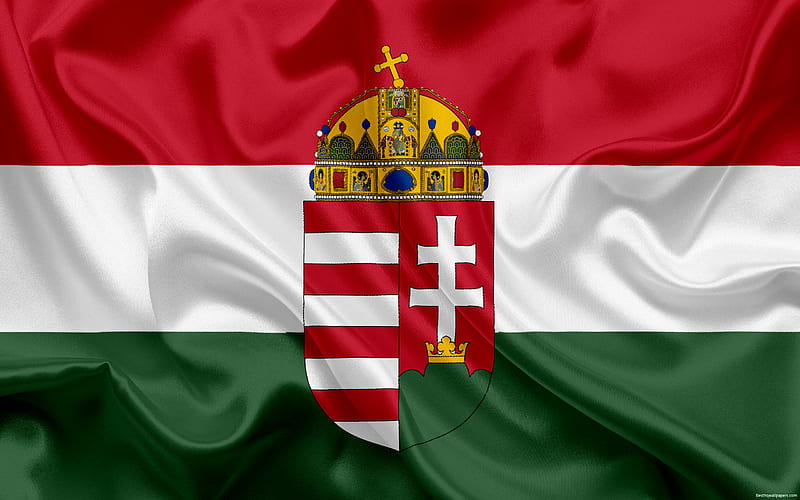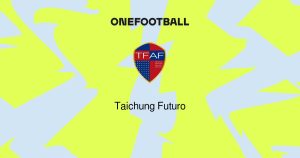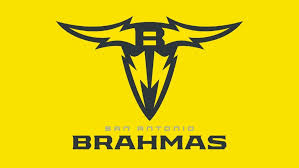
Hungary FC
In recent years, Hungary FC has emerged as one of the most promising forces in European football. With a rich history deeply rooted in the golden era of Hungarian soccer legends and an exciting new generation of talents, Hungary FC is capturing the attention of fans and analysts alike. Their journey reflects a compelling narrative of revival, resilience, and ambition as they aim to reclaim their place among Europe’s elite football teams. This article delves deep into the factors that have contributed to Hungary FC’s rise, exploring their historical significance, tactical evolution, key players, youth development, and future prospects within the vibrant realm of European football.
The Historical Legacy of Hungary FC
Before understanding the modern resurgence of Hungary FC, it is essential to appreciate the profound historical roots of Hungarian football. This legacy forms the cultural and emotional backbone of the current footballing renaissance in Hungary, inspiring both players and supporters alike ww88.
The Golden Era of the Mighty Magyars
The period between the 1950s and 1960s is often regarded as the golden era of Hungarian football, dominated by the legendary team famously known as the Mighty Magyars.
During this time, Hungary was considered the best footballing nation in the world, led by iconic figures such as Ferenc Puskás, Sándor Kocsis, and József Bozsik. Their innovative tactics, technical brilliance, and teamwork stunned audiences worldwide — epitomized by their emphatic 6-3 victory over England at Wembley in 1953, a match famously dubbed “The Match of the Century.” This triumph shattered the myth of English invincibility at home and showcased Hungary’s technical superiority.
What set the Mighty Magyars apart was their tactical innovation, particularly their fluid attacking formation that predated the modern concept of total football. They emphasized quick passing, positional interchange, and off-the-ball movement, concepts that influenced later generations including Johan Cruyff’s Dutch teams. Hungary’s dominance peaked with their run to the 1954 FIFA World Cup final, where despite being favorites, they fell narrowly to West Germany in a shocking upset. Nevertheless, their brilliance left an indelible mark on football history.
Today, Hungary FC channels this illustrious heritage, aiming to rekindle the spirit of the Mighty Magyars by embracing creativity, discipline, and tactical intelligence in their gameplay.
Decline and Years of Struggle
Following their golden age, Hungarian football experienced a significant decline due to political turmoil, economic hardship, and sporting stagnation.
The aftermath of the 1956 Hungarian Revolution led to an exodus of top talents, including many stars who sought refuge abroad. Domestically, football infrastructure suffered from lack of investment, outdated training methods, and isolation from Western European innovations. As a result, Hungary failed to maintain its international competitiveness, missing out on major tournaments or exiting early when they did qualify.
Throughout the 1970s to early 2000s, Hungarian clubs and the national team struggled to produce world-class talent or achieve noteworthy results. This prolonged drought deeply affected the morale of Hungarian football communities, yet also fueled a desire for regeneration.
Despite these hardships, grassroots passion for football never truly disappeared. Local clubs continued nurturing young talents, and die-hard supporters kept the flame alive, hoping for a renaissance that would restore Hungary FC’s glory on the continental stage.
Seeds of Revival in the 21st Century
The first signs of Hungary FC’s revival began appearing in the late 2000s and early 2010s, driven by structural reforms and increased investment in football infrastructure.
Key initiatives included the reconstruction of stadiums, modernization of training facilities, and strategic partnerships with European clubs. Government support and private sponsorship also played vital roles in boosting resources available for youth academies and professional leagues.
Simultaneously, Hungarian clubs focused on adopting contemporary coaching methodologies, emphasizing technical skills, tactical awareness, and physical conditioning aligned with European standards. These efforts gradually bore fruit, as evidenced by improved performances in club competitions and qualification for UEFA EURO 2016 after a 44-year absence.
This resurgence culminated in Hungary FC showcasing tremendous spirit during Euro 2016, drawing against eventual champions Portugal and thrilling fans worldwide. It marked a significant turning point, signaling the country’s return to the big stage and laying the groundwork for future achievements.





